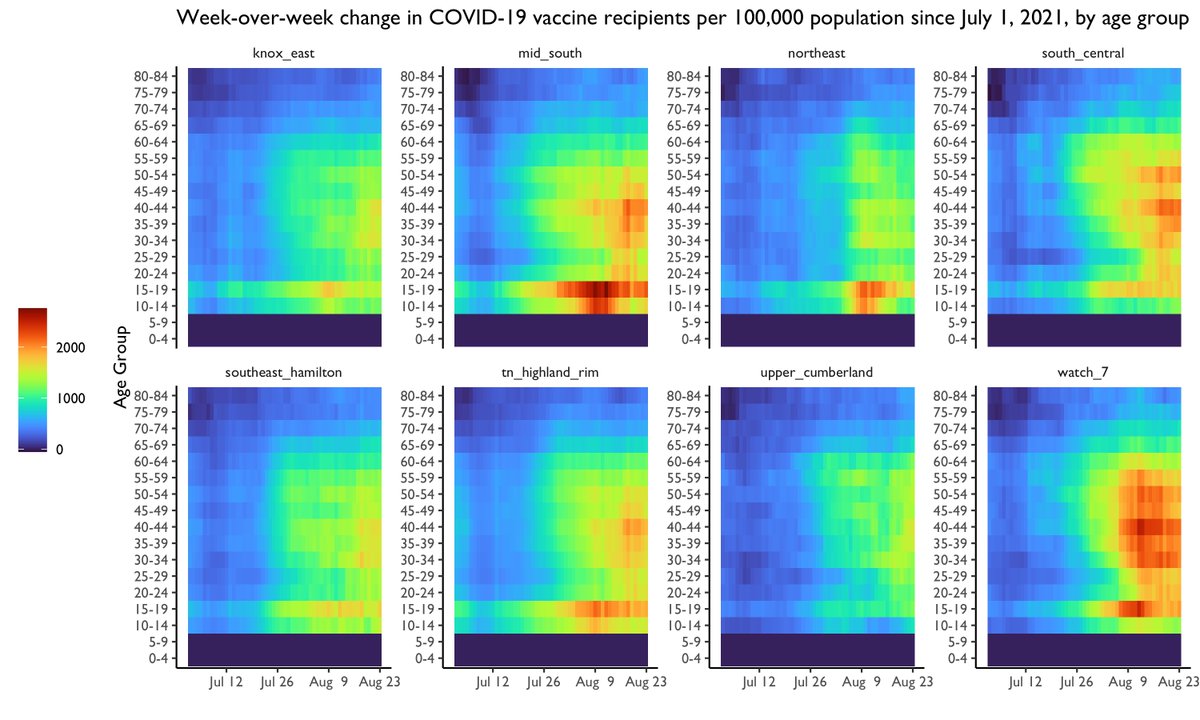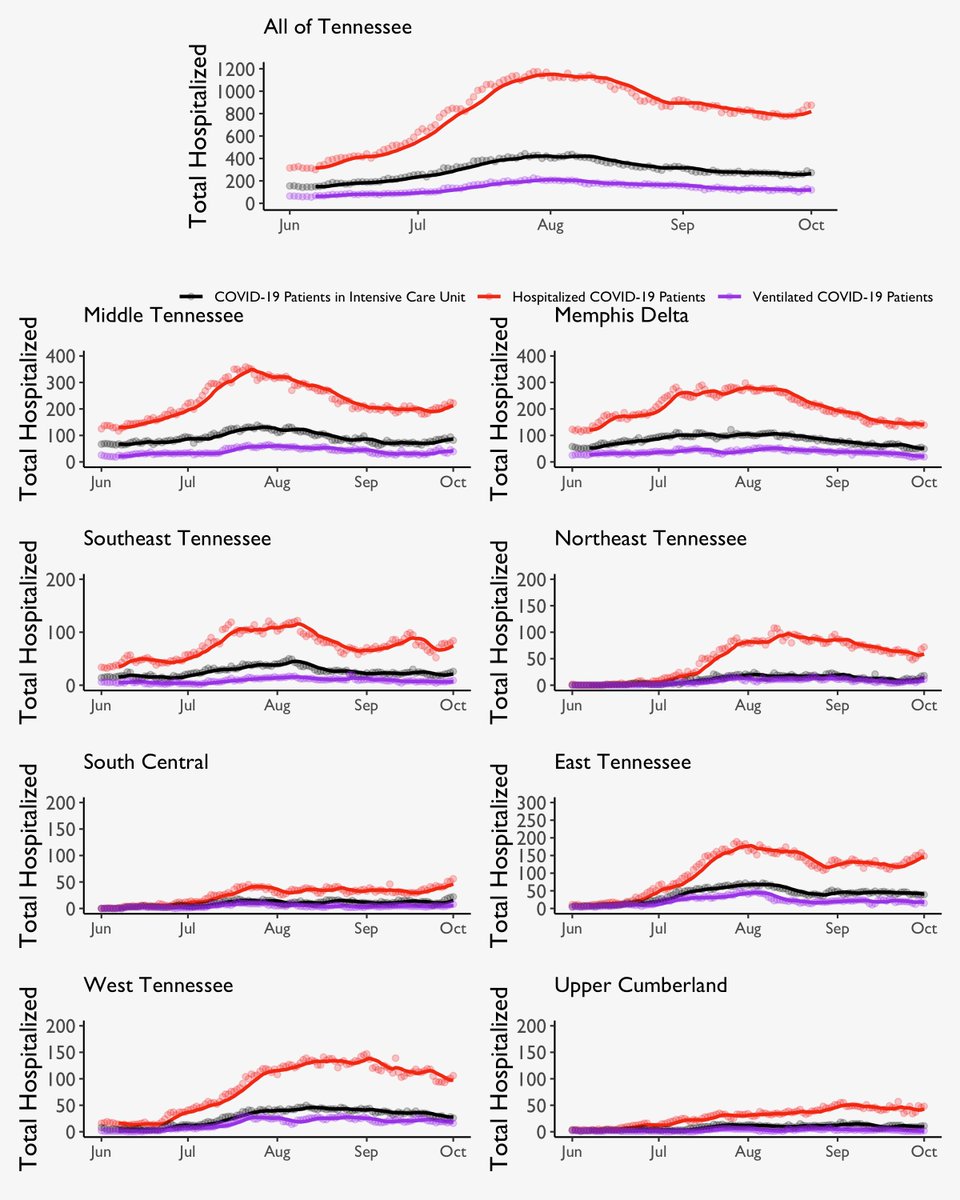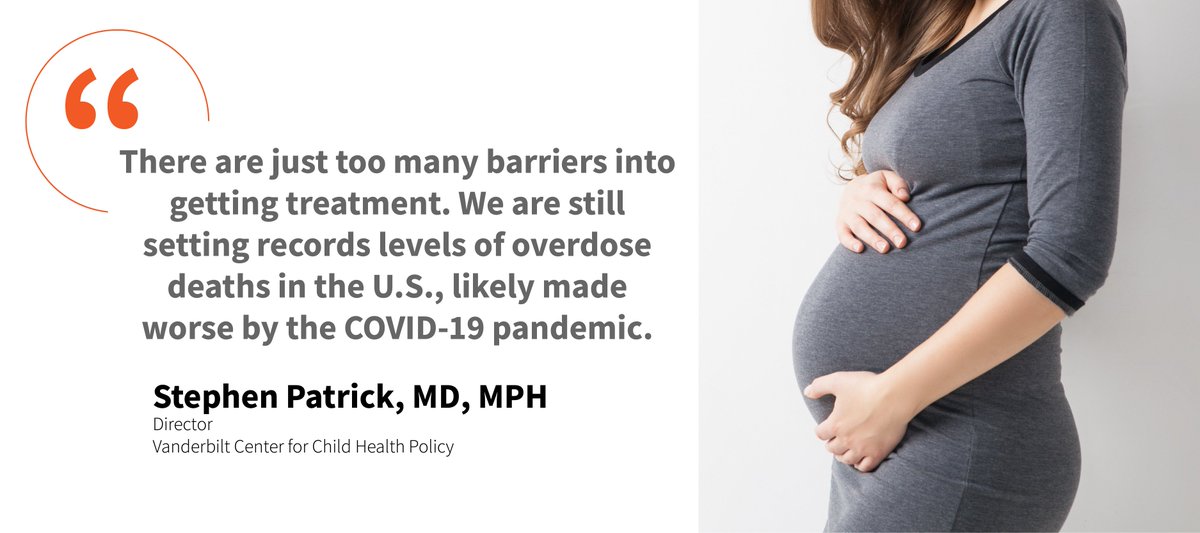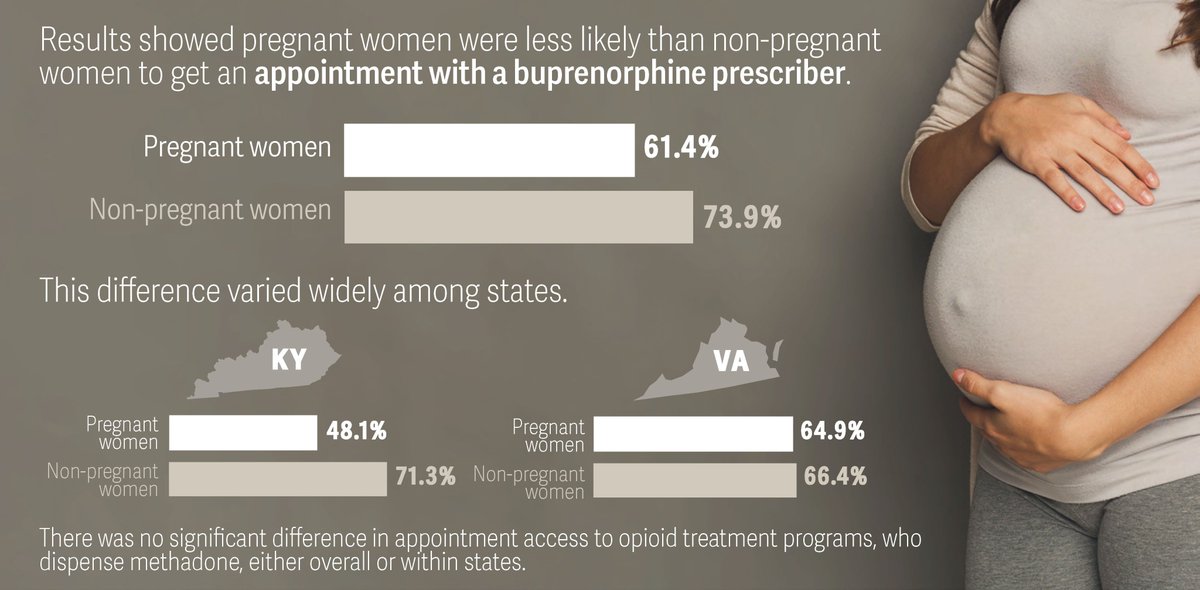THREAD
Today, @OIGatHHS released two reports on #hospice quality and oversight. The reports highlight poor-quality care and gaps in current hospice quality oversight and reporting. 1/ oig.hhs.gov/newsroom/media…
Today, @OIGatHHS released two reports on #hospice quality and oversight. The reports highlight poor-quality care and gaps in current hospice quality oversight and reporting. 1/ oig.hhs.gov/newsroom/media…

The @OIGatHHS reports echo themes raised in research by @VUHealthPol David Stevenson, PhD, supported by @MooreFound resulting in two @PalliativeMed_j papers. One, from late 2018, was focused on #hospice complaints. 2/ liebertpub.com/doi/10.1089/jp…
The other, from the May 2019 issue of @PalliativeMed_j, covered quality oversight of #hospice agencies. 3/ liebertpub.com/doi/10.1089/jp…
The primary finding of @OIGatHHS’s important work is that most #hospice agencies had care deficiencies over the last several years, some of which were quite serious. 4/
Some of the findings in the @PalliativeMed_j studies are especially relevant for understanding today’s reports and where to go from here. 5/
First, increasing numbers of #hospice agencies are privately accredited. Between 2006-2015, the proportion of privately-accredited hospice agencies increased from 15% to 39%, a #trend driven largely by its increased use among for-profit agencies. 6/ 

As the 2019 study notes, the trend toward private accreditation “necessarily lessens the role of government oversight.” This is not good or bad per se – both #Government agencies and private organizations can falter or excel in their oversight activities. 7/
YET, the private accreditation process is much less #transparent than that conducted by governmental agencies. 8/
One recommendation was to make accreditation data more available to the public, something @OIGatHHS also emphasizes. 9/
.@OIGatHHS recommends @CMSGov make deficiency and complaint data more public, educating hospices about common deficiencies, and increasing oversight of agencies with a history of serious problems, a central issue in this story from @InaJaffeNPR 10/ npr.org/sections/healt…
But nota bene – @CMSGov cannot do this on its own; it would require a statutory change. 11/
Second, #hospice agencies only have to be surveyed for compliance once every 3 years. So, even though the studies and the investigation by @OIGatHHS found that agencies often have problems ID'd during inspections, the inspections occur are infrequent. 12/
Finally, when problems are found at a #hospice agency, government oversight agencies have few options. 13/
Unlike for nursing homes, there are no intermediate sanctions, like fines or temporarily suspending new admissions, which @PostRowland notes in the @washingtonpost report. Instead, there is only termination from #Medicare, a remedy rarely used. 14/ washingtonpost.com/business/econo…
.@CMSGov cannot implement intermediate sanctions on its own. The law would have to change. Instead, @OIGatHHS recommends increasing oversight of hospices with a history of serious deficiencies. 15/
Although this is appealing, some skepticism is warranted based on recent shortcomings in the nursing home Special Focus Facilities program detailed by @SenBobCasey, @SenToomey, and @SenateAging. 16/
#Hospice quality oversight needs attention, and hopefully the @OIGatHHS reports will generate a constructive dialogue about how best to assure high-quality hospice care for all #Medicare beneficiaries who use it. 17/
Today's reports only build on prior work by @OIGatHHS and are consistent with concerns raised in a 2017 @KHNews investigation by @JoNel_Aleccia and @mmbaily 18/
• • •
Missing some Tweet in this thread? You can try to
force a refresh



















